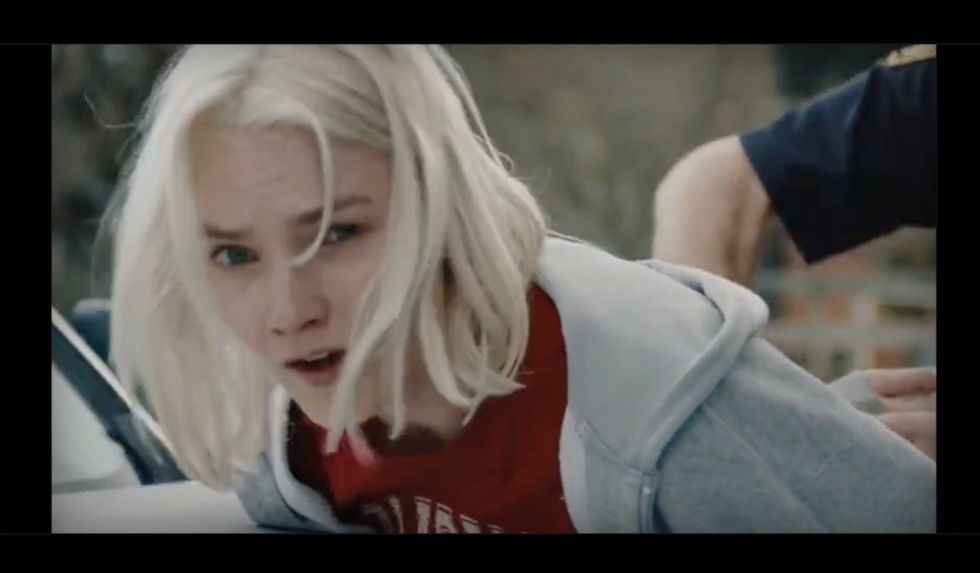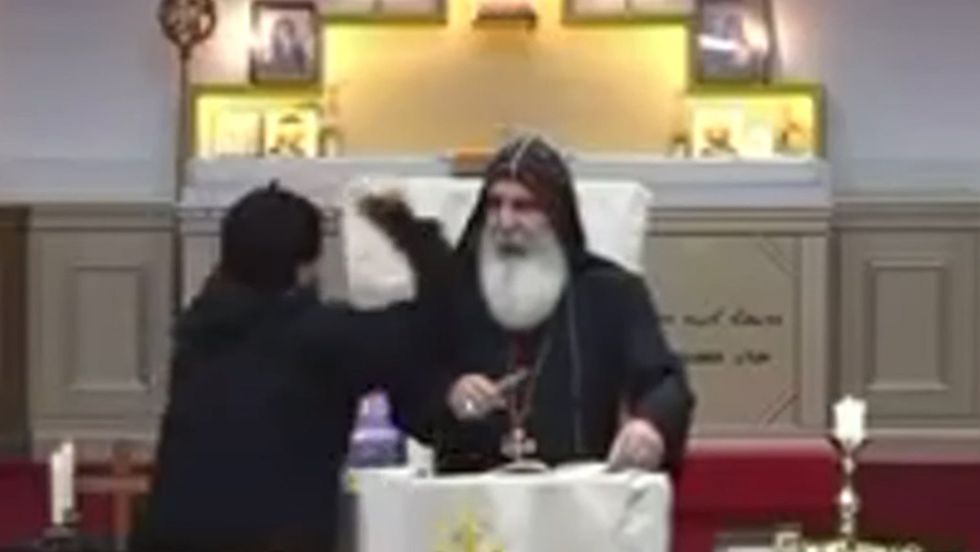
www.iflscience.com
Would The &;quot;Rule Of Thumb&;quot; In The Fallout TV Series Actually Work&;#63;
In the first episode of Amazon's new TV series Fallout‚Â one of the main characters – played by Walton Goggins – mentions a &;quot;rule of thumb&;quot; about nuclear blasts.According to the character known as The Ghoul‚ during military training he was taught that if you extend your arm and raise your thumb in the direction of the blast‚ you can determine whether you are going to survive it. The rule‚ apparently believed by some Americans‚ says that if the mushroom cloud is smaller than your thumb you will be safe from the radioactive fallout‚ but if the mushroom cloud is bigger than your thumb you won't be so fortunate.While giving a big old thumbs up to a mushroom cloud will probably raise a few questions with fellow survivors‚ is it worth doing anyway&;#63;Â There has been a little in the way of research into the idea‚ thanks to the Fallout series of video games‚ which captured the attention of undergraduate physicists at the University of Leicester. They had heard the (erroneous) rumor that Vault Boy‚ the series' mascot‚ is doing a cheery thumbs up as a nod to the thumb rule‚ and wanted to see if the rule had any merit.The team looked at smaller blasts that matched with the series setting‚ choosing a blast of 15 kilotons‚ the size of the blast created when the US dropped &;quot;Little Boy&;quot; on Hiroshima. The team first tried to look at how far you would have to be from the mushroom cloud for your thumb to cover the blast‚ concluding that would be around 12.6 kilometers (7.8 miles).&;quot;Assuming the detonation occurred on the ground‚ the radius for avoiding all burns is 4.67 km [2.9 miles] away from the blast centre and the radius for radiation sickness symptoms is 1.56 km [0.97 miles]‚&;quot; the team wrote in their paper. &;quot;This would mean that you would be safe from the initial blast effects of radiation and burns.&;quot;But‚ given that you have just witnessed a nearby nuclear blast‚ that by no means makes you safe (even before you start to worry about nuclear winter). Your main concern should be the wind carrying the radiation towards you.&;quot;Assuming an average wind speed of 24 kmh-1 the fallout would reach you within approximately half an hour if you were to be standing directly upwind.&;quot;Get caught in this wind‚ and you will receive enough rads to get radiation sickness. But using a second rule – run like hell – you may be able to reduce your dose.&;quot;This investigation showed that if a 15 kiloton nuclear bomb was to detonate‚ and your thumb extended at an arm’s length just covered the blast‚ you could survive most negative radiation effects by running laterally to the direction of the wind for a minimum of 1.65 km [1 mile] in half an hour given that you are standing directly upwind to the blast‚&;quot; the team concluded.However‚ this is only for a blast far smaller than the weapons the world possesses today‚ and even with smaller blasts the rule is unlikely to be helpful given the radiation released into the upper atmosphere‚ and the unpredictability of the wind. The executive director of the Conference of Radiation Control Program Directors in Frankfort‚ Kentucky‚ Ruth McBurney‚ told Inverse that “shelter is the preferable strategy if you think you may be in an area where fallout may be present or approaching.&;quot;Further strategies have suggested sheltering temporarily in whatever is available‚ before moving to better nearby shelters around half an hour after the blast. Of course‚ there are official guidelines on what you should do during a blast‚ which can be summarized as get inside and away from windows‚ stay inside and wash‚ and await further instructions. While you are doing so‚ for the love of all that is holy‚ make sure you do not condition your hair.

















